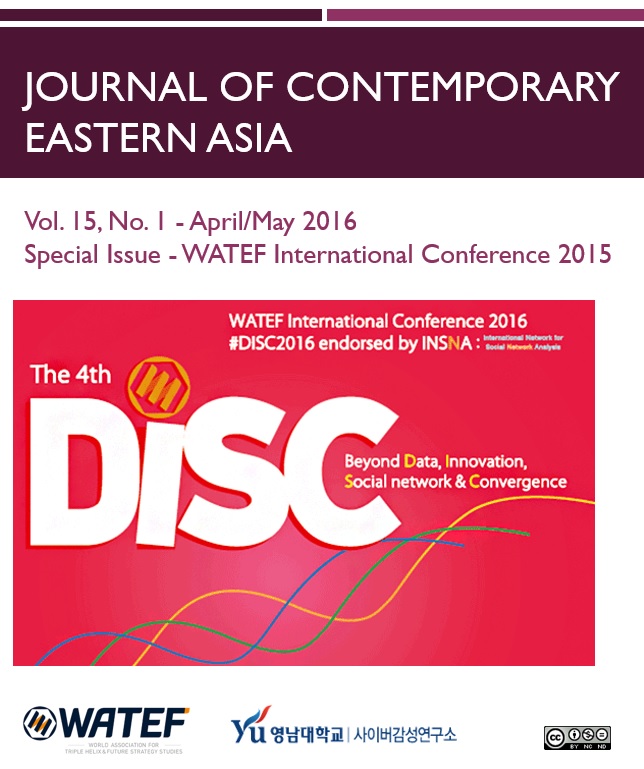- KOREAN
- E-ISSN2383-9449
- SCOPUS
 E-ISSN : 2383-9449
E-ISSN : 2383-9449
Article Contents
- 2024 (Vol.23)
- 2023 (Vol.22)
- 2022 (Vol.21)
- 2021 (Vol.20)
- 2020 (Vol.19)
- 2019 (Vol.18)
- 2018 (Vol.17)
- 2017 (Vol.16)
- 2016 (Vol.15)
- 2015 (Vol.14)
- 2014 (Vol.13)
- 2013 (Vol.12)
- 2012 (Vol.11)
- 2011 (Vol.10)
- 2010 (Vol.9)
- 2009 (Vol.8)
- 2008 (Vol.7)
- 2007 (Vol.6)
- 2006 (Vol.5)
- 2005 (Vol.4)
- 2004 (Vol.3)
- 2003 (Vol.2)
- 2002 (Vol.1)
Jung, Kyujin
Song, Minsun
Abstract
Wildfires have become increasingly common and intense in South Korea because of climate change, but few have recognized the catastrophic level of the problem. Given the significant impact of wildfires, emergency management stakeholders must have effective risk communication structures for rapidly responding to such phenomena and overcoming geographical difficulties. Despite the country spending billions of dollars to build a big databased early warning system, risk communication flow during the 2017 Gangneung wildfire was ineffective, thereby causing substantial economic, social, and environmental losses. To examine the patterns of information exchange in South Korea's risk communication networks and their structural characteristics during the wildfire, we conducted semantic and network analyses of real-time data collected from social media. The results showed that the inefficient flow of risk information prevented emergency responders from adequately assessing the emergency and protecting the population. This study provides new insights into effective risk communication responses to catastrophic events and methods of research on webometric approaches to emergency management.
- keywords
- emergency response framework, Gangneung wildfire, interorganizational network, risk communication
- Downloaded
- Viewed
- 0KCI Citations
- 0WOS Citations
